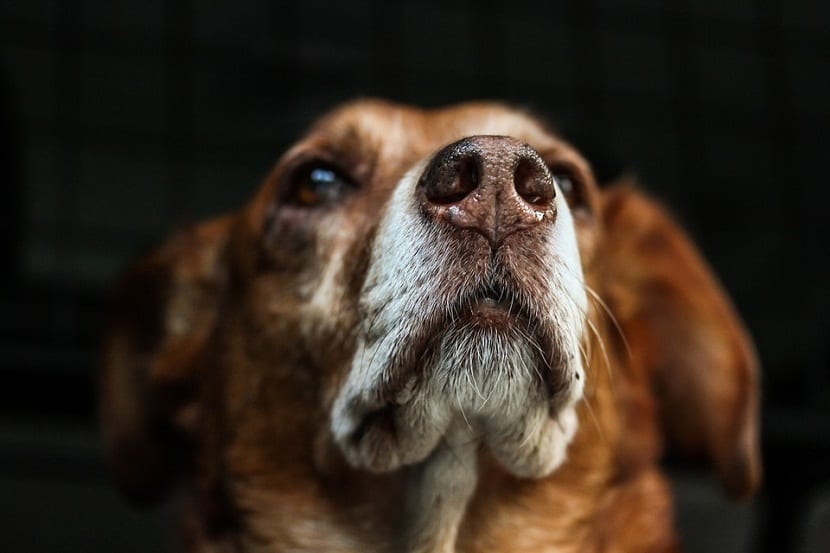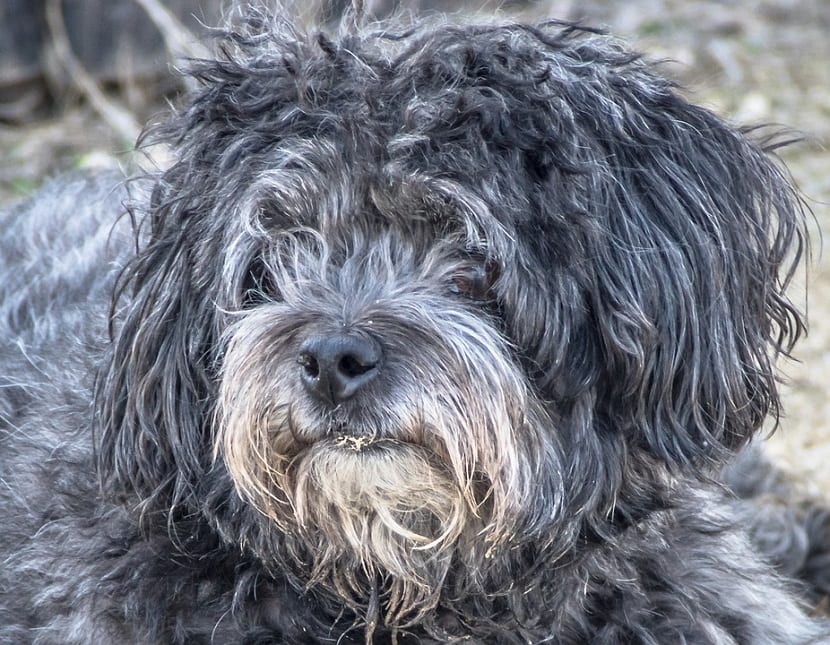
Myiasis consists of a type of parasite produced by dipteran larvae, such as mosquitoes, flies and horseflies, etc., which it is installed equally inside dead and living tissues of vertebrate animals, which serve as food for myiasis.
In this post, we will talk about everything you need to know about the myiasis in dogs, so take good note.
What is canine myiasis?

In the year 1840, Hope was the first to use the term "myiasis" for the purpose of define a dipteran infection, which at that time affected people.
Later and in 1964, Zumpt described myiasis, indicating that the insects stayed for some time inside the host to feed not only on the food they ingested, but also on their body fluids. During their adulthood, these insects take advantage of the wounds and holes that a host may have in order to lay their eggs, which will continue with their biological cycle usually thanks to the infected animal.
However, it is possible that in certain cases, some species are able to penetrate the dermis that is healthy and is that Myiasis can affect any kind of animals vertebrates, regardless of the region where they live; especially in the wetter months.
Life cycle and development
Those Diptera susceptible to causing this condition usually have different stages during their life cycle, going through a metamorphosis composed of 4 phases: egg-larva-pupa-adult.
Any animal that does not have a appropriate sanitary control It will be susceptible to this pathology, therefore, those animals that are sick, in a state of abandonment or convalescence and especially those that tend to have continuously moistened dermis, are much more prone. An example about the last case, would be the acral dermatitis due to licking.
Symptoms of canine myiasis
During the early stages of myiasis, a small lesion, sting, or abscess may be seen in the dermis, especially in an area without fur. Soon after, it can be perceived that the wound increases in size, at the same time that a pustule is generated which secretes a bloody fluid. Therefore, pay special attention to the following symptoms:
- Ulcers.
- Irritation.
- Boils
- Presence of parasites.
- Itch.
At this point, if it is not larvae may penetrate deeper into the dermis, creating nodules or a large abscess. Failure to treat these symptoms results in a very serious infectious process and in certain cases, shock.
Diagnosis
Through a simple physical examination, the veterinarian can diagnose myiasis in dogs, since due to the rapid evolution of larvae, it is not necessary to use a microscope. However, it is essential that the professional request laboratory tests on the dog.
Transmission

Treatment for myiasis should always be carried out under the supervision of a veterinary professional.
The start of treatment involves the improvement of the general hygiene of the affected areaHowever, using physiological saline, several specialists usually go directly to remove the larvae and then wash the wound.
Hygiene, administration of drugs and antiparasitics
After removing the larvae, the specialist will shave the affected area in order to avoid leaving eggs or bacteria both in the dermis and in the fur and after administering an antiseptic solution, the veterinarian will remove all the dead tissue to promote better healing.
Likewise, not only a local antibiotic, but also a product for the area, either in paste or spray, will be administered directly to the wound, then the area will be covered with a bandage so that it remains clean and does not become contaminated, for which will heal in less time. In addition to the administration of fluid therapy, antibiotics and any other appropriate measure according to the specialist